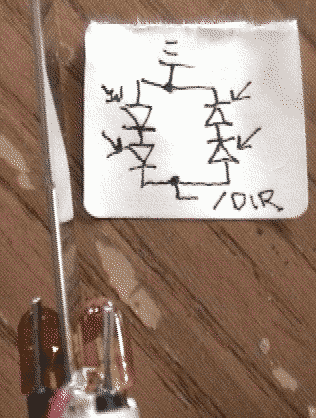I have a box of old hardware such as floppy drives, hard drives for projects just like this Floppy-Drive Solar Tracking Unit. Some people look at old hardware like this as trash, I see it as a goldmine of great parts.
“This is still pretty much a work-in-progress, but I did manage to create a successful heliostat (sun tracker) from the above TEAC model FD-235HF 3.5″ floppy drive. This procedure will likely work just fine, with a bit of adaptation, on any drive new enough to have CMOS logic on its chipset. This particular drive (probably a lot of others) only needs a single 5V DC supply. It has two boards, one with the stepper and main logic, and one with the spindle. The first is the only one needed, and it draws 0.1 Watt with the motor off, and 1 Watt with the motor running, so it should be easy enough to power with a cheapo hobbyist 5V solar cell if stand-alone operation is needed, perhaps a sub-watt one if a large capacitor is supplied to build up enough juice for a motor step over time.
A few nuances about this drive. The first is that when power is applied, the head auto-advances to one side. If the head assembly is removed, the motor will just keep spinning — it is necessary to interrupt a photoswitch under the head to get it to stop. The second is that if for some reason the spindle board is attached, the stepper will not run unless the button that runs the spindle motor is depressed. The third is that there is a software lock on movement in one direction — the stepper will stop after a certain number of steps, and if one wanted to get it to step further in that direction, one would have to step in the opposite direction once, and interrupt the photoswitch to reset the counter. I decided to leave the motor and head assembly intact and just work with the limited number of steps available so that I wouldn’t have to mess with all that. ”



Permalink
Permalink
Permalink
Hello,
I am a lorrydriver, and I watch tv in between workhours. I have an satteliteantenne. The problem is the fast and automated ajustment to find the sattelite. I have come up with the idea of using the heliostatconcept for finding the satelite more quickly, but I haven’t worked it out compeletely. I have read your forum, and I think U cna fill the holes in the puzzle!Would you be interested to help?
Greetings,
Pierson
mams1945@hotmail.com